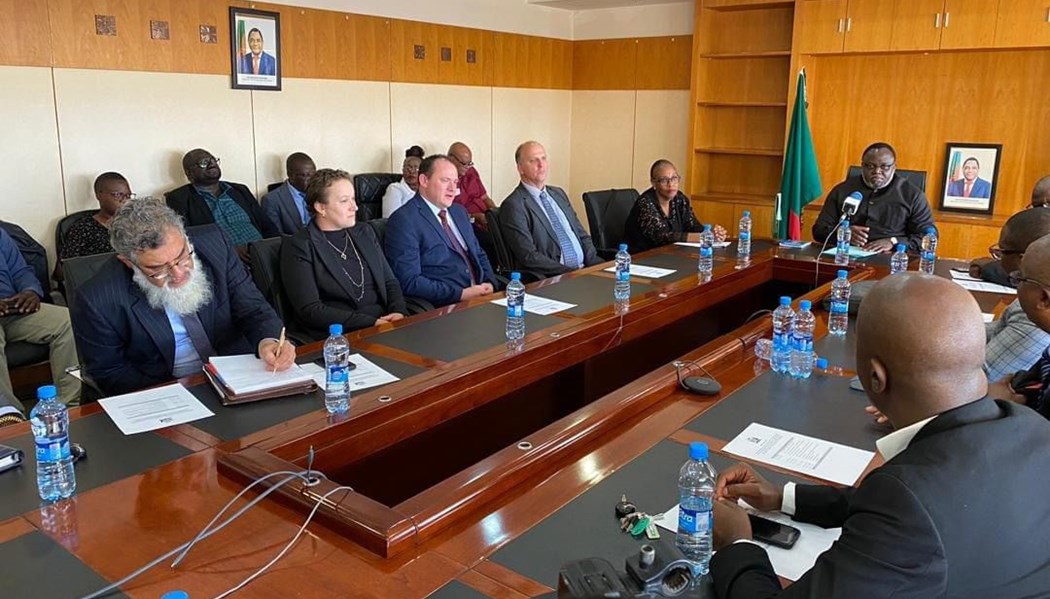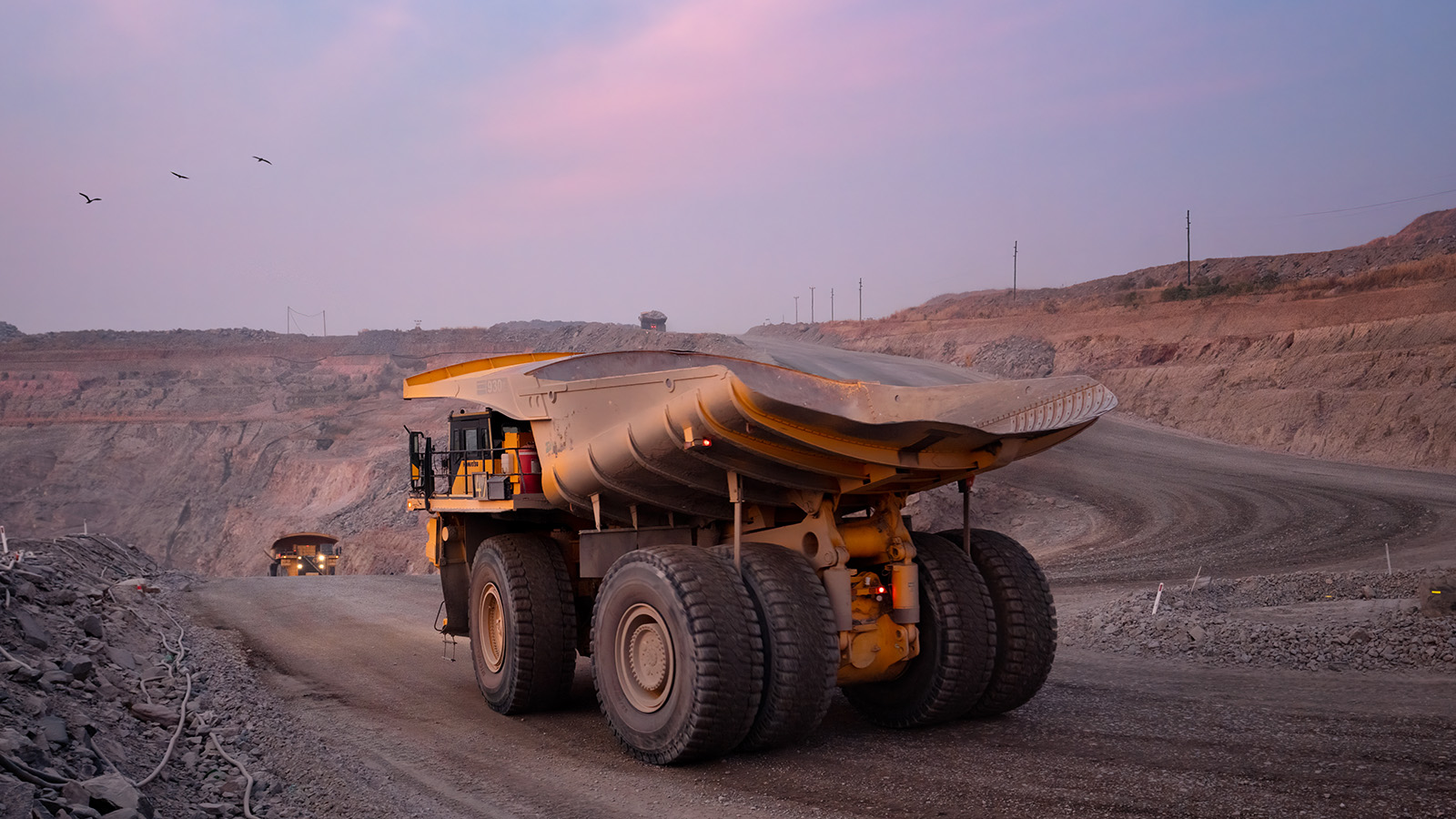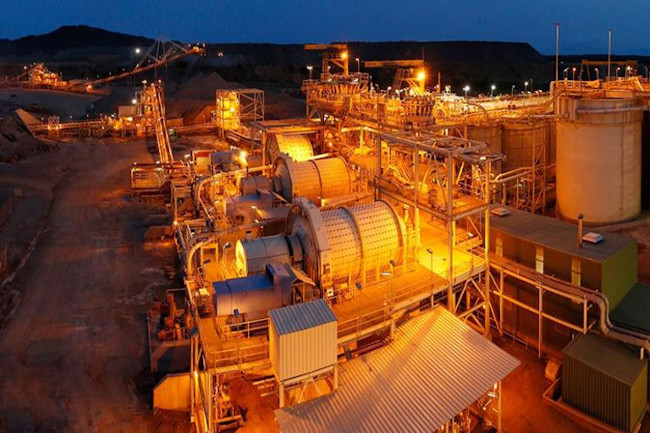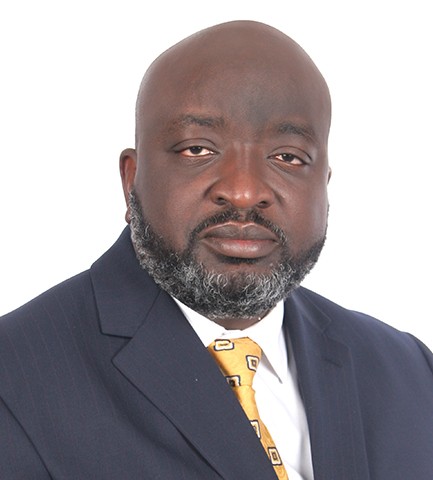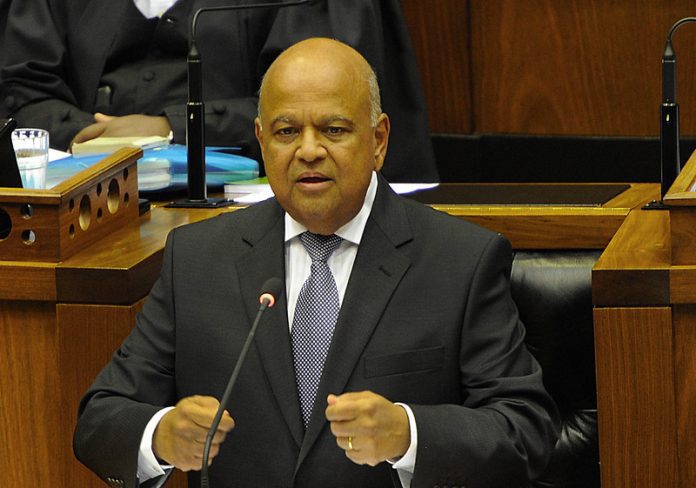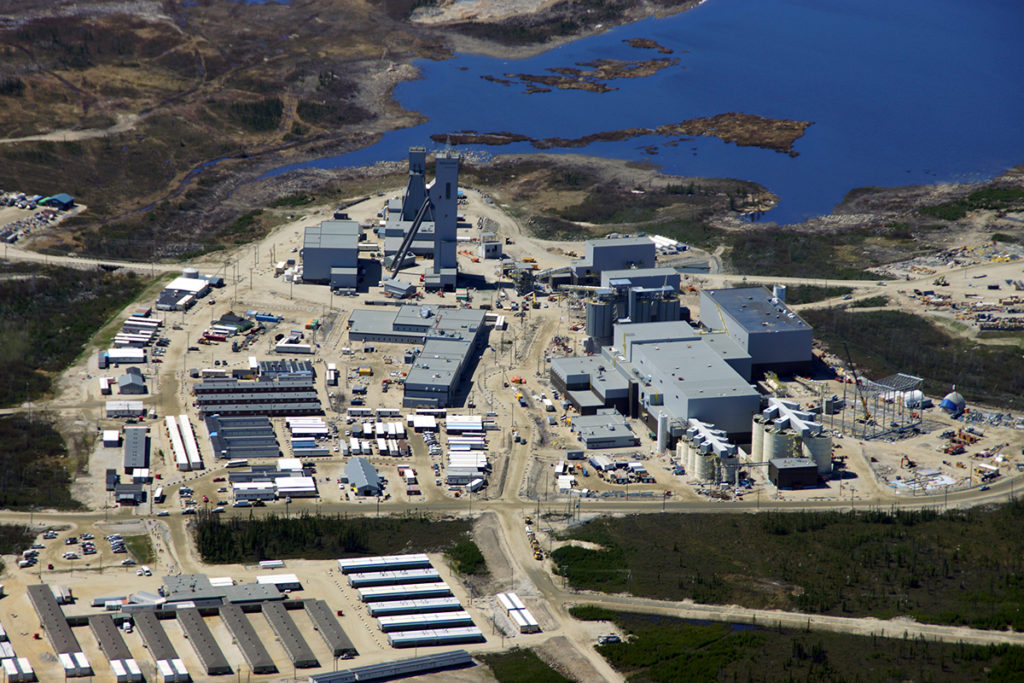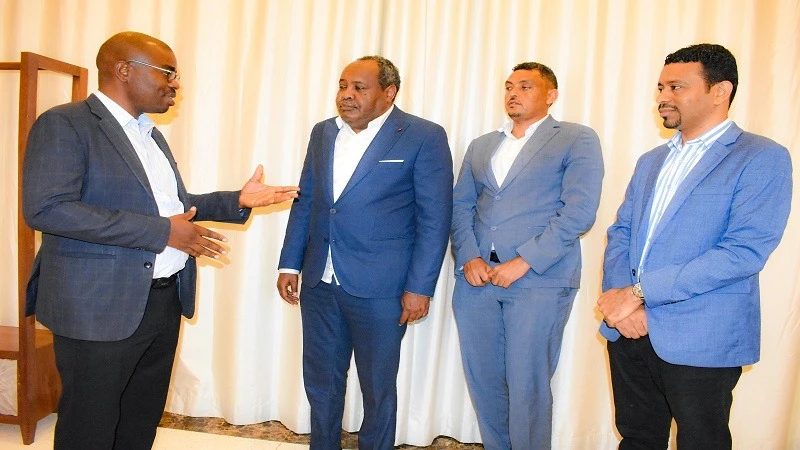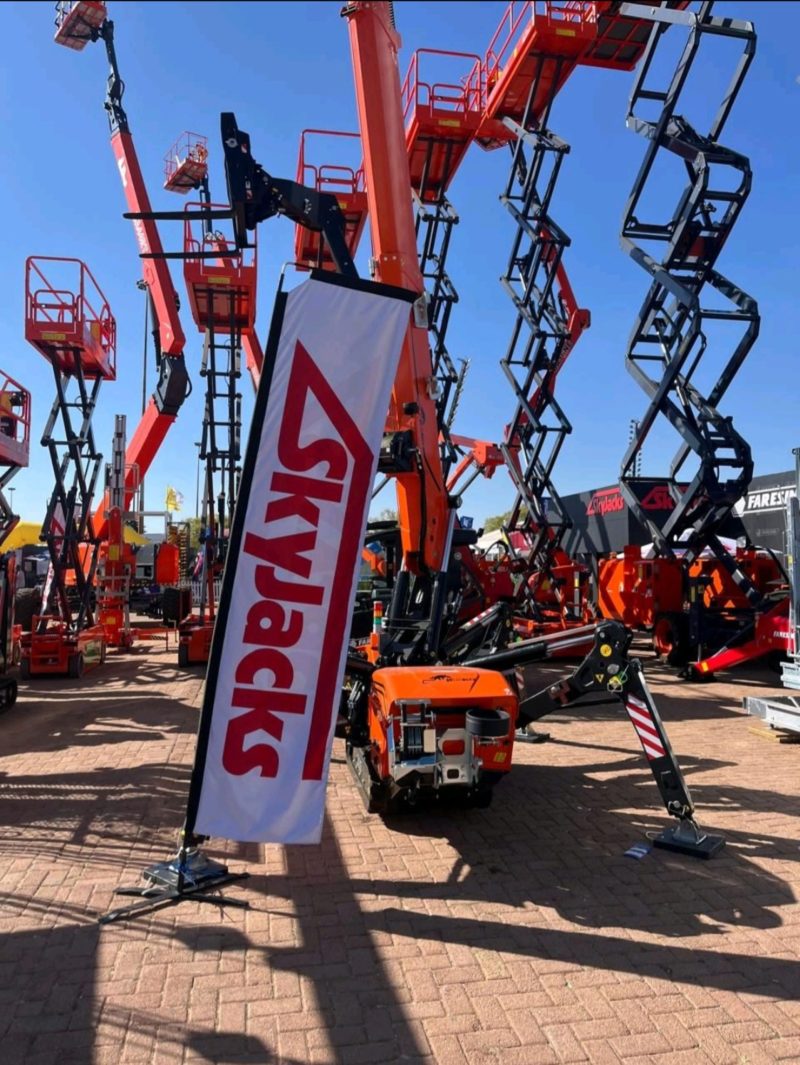Mining Other

Beisa - Becoming a project of national significance
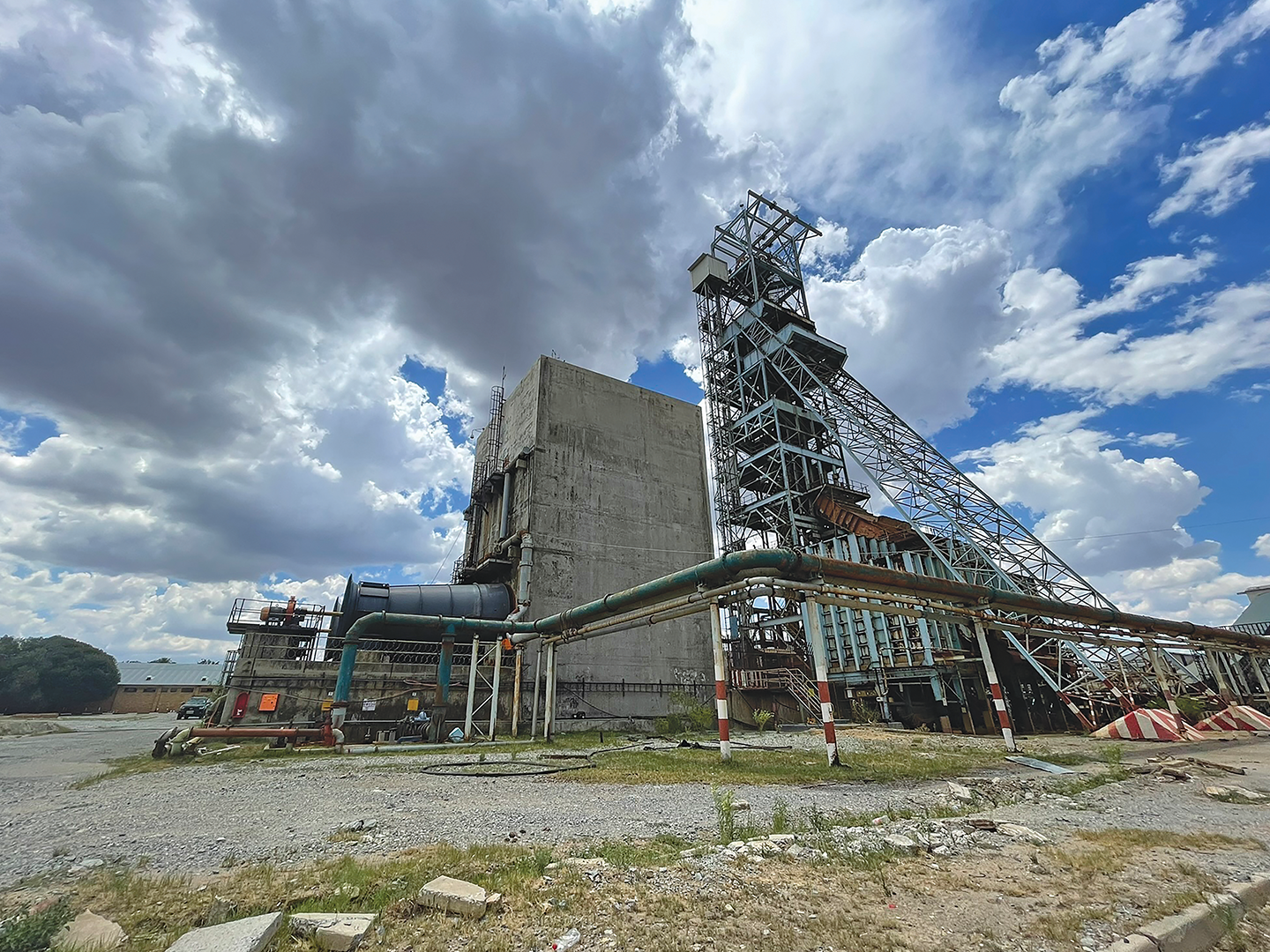
The Beisa uranium project comes at an important time in South Africa. THEO BOTOULAS, CEO of Neo Energy Metals, tells BRUCE MONTIEA why the project is so important, especially taking into account the country’s history of uranium production and the increasing importance of nuclear energy worldwide.
“Beisa will be operating out of a fully integrated industry, from the mining of ore to the processing and export of ‘yellowcake’ to the international markets,” says Botoulas, adding that South Africa has a well-developed regulatory and licensing legislation.
“There is the Nuclear Energy Act which governs issues around acquisition, possession, use, handling, processing and sale of nuclear materials such as uranium, thorium and plutonium.
For more, Join our WhatsApp Channel
We also have the South African Nuclear Energy Corporation which regulates nuclear waste management, as well as the National Nuclear Regulator Act and the National Radioactive Waste Disposal Institute Act which manages the disposal of radioactive waste, including tailings from uranium mining and ensuring the safe management of low, intermediate and high-level radioactive waste from mining and nuclear activities.
While the Mine Health and Safety Act and National Environmental Management Act provide for environmental impact assessments for uranium mining to mitigate environmental damage, with the National Water Act regulating water use and protecting water resources from contamination.”
Neo Energy, which is listed on the London Stock Exchange and planning a fast-track Johannesburg Stock Exchange listing, entered into an agreement to purchase the Beatrix 4 Shaft, with both uranium and gold resources, from mining and metals processing company Sibanye Stillwater for $30 million in August last year, with the associated processing plant and equipment as well as all key operating approvals.
Botoulas says the mine, with a completed development study by Sibanye-Stillwater, is located in a proven uranium mining region in the Welkom area in the Free State province, with over 80 years of continuous production.
Botoulas reveals that Neo Energy also has a binding agreement in place to acquire the Beisa North and South uranium-gold projects, hosting around £90 million of uranium and 4.2 Moz of gold, from exploration company Sunshine Mineral Reserves.
The deal involves payments totalling R375 million in cash and shares, plus production linked royalties. “However the Beatrix 4 Shaft is the cornerstone of Neo Energy’s uranium production strategy and growth in South Africa.
A further cash injection of up to £5 million is needed to enable the immediate commencement of refurbishment and upgrade work, as well as the conducting of optimisation study works.”
Also Read: Neo Energy and Sibanye Stillwater finalise Beisa uranium land agreement
The Beatrix 4 Shaft and the Beisa North and South projects consolidate over 30 km of strike length of the wellknown uranium and gold bearing Beisa Reef, which is the shallowest of all mineralisations in the Welkom Goldfield in the Witwatersrand Basin.
Botoulas points out that an added advantage is that the Beisa project area includes gold as well. “For us it was the size of the project and the amount of ore there.
We will also benefit from major gold by-product sales. The inferred resource estimate shows that there is 117 Mlbs of available uranium and another 5.4 Moz of gold, as well as $500 million worth of infrastructure already installed.”
Botoulas, who was appointed in May for his prior expertise in building the Oryx gold mine, which has now become the Beatrix 4 Shaft, has more than 40 years of international mining, finance and asset management experience, having worked in countries including Sierra Leone, Ethiopia, Eritrea and Lesotho.
The team also includes Jason Brewer who has more than 28 years’ experience in African mining and funds management focused on the mining and metals sector, as executive chairman, and Sean Heathcote, with over 30 years in the mining and exploration industry, as executive technical director.
Favourable economics
Botoulas says feasibility and development studies have confirmed the technical robustness, low-cost production potential and favourable economics for a mining operation to last more than 20 years.
“There are no fatal flaws in the technical aspects and the construction timelines, and the capital and operational expenditure required to recommence operations and build-up of production are well-defined.”
The plan is to develop the overall project through a two-phase programme, with Phase 1 currently indicating more than a 17-year life of mine.
“We are pleased that this already shows signs of being a lowcost, long-term operation. This comes out of a strategic relationship with a top-tier global mining company in Sibanye-Stillwater, which allows for the rapid development and re-opening of the project.”
When work starts, Botoulas says Phase 1 will focus on the re-opening of the Beisa mine and use of the Beatrix 4 shaft to access the resources. “We will initially access the 350 m-1000 m level resources and obtain a direct route into 10 Mlbs of uranium and 0.6 Moz of gold out of a resource of 26 Mlbs of uranium and 1.2 Moz of gold.
Mining along strike would then open access to the uranium and gold resources at the Beisa North and Beisa South projects.”
He adds that Phase 2 operations will involve increasing capacity at Beatrix 4 Shaft and accessing significant Beisa North and Beisa South uranium and gold resources below 1000 m as well as allow access to the balance of the Beisa mine uranium and gold resources.
Botoulas says one of the major activities the team is currently engaged in is getting all the regulations done so that Beisa can start operating.
“We’ve got to get approval from the department of minerals and energy. Like any other mining company in South Africa we must go through the process of a Section 11 [of the Mineral and Petroleum Resources Development Act dealing with the transferability and encumbrance of prospecting and mining rights] and a Section 102 [dealing with the amendment or variation of mining rights, including extending the area they cover] and also obtain our environmental license.”
An effective balance between equity and debt
Neo Energy plans to fund the project through equity and debt.
“At the beginning, the funding will be through equity to perform the initial stages. That’s why we’re placing shares in the market and we’re also already speaking to banks to do a portion of it in debt.
There are also a number of companies who are looking at doing off-take agreements with us.
They are interested in participating in this project because of its size and robustness.” Botoulas says the funds will enable the company to execute its underground mining programme.
“This will be conventional South African breast stoping which is also common in the Free State. It will be very simple; access drives, raises and breast stopes.
Our initial focus at the Beatrix 4 Shaft is to start some refurbishment work and, secondly, initiate the studies that will analyse the joining of the Beatrix Shaft with Beisa North and Beisa South so we can integrate them.
This is basically the plan for the rest of the year,” he says, adding that first production at the Beatrix 4 Shaft is planned for the next 12 to 18 months.
The potential for this project is significant as a result of global shifts and developments moving the world forward, says Botoulas.
“The growing power demand is fuelling a nuclear renaissance and a drive to secure new strategic uranium supplies. The demand for power is set to exponentially increase over the coming decade as a result of urbanisation, the electrification of transport solutions and self-drive technology, as well as the increased use of AI and growth in data centres.
Also, while nuclear power is not new, it is now heralded as the most cost effective, reliable and low carbon source of power generation capacity as its greener nature is being rapidly accepted as the transitional energy to decarbonising global power generation.”




